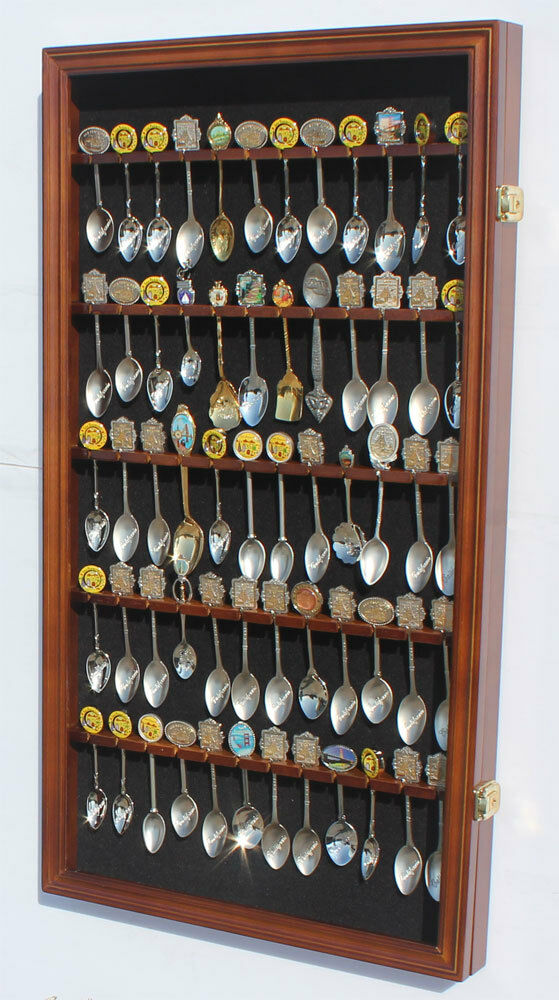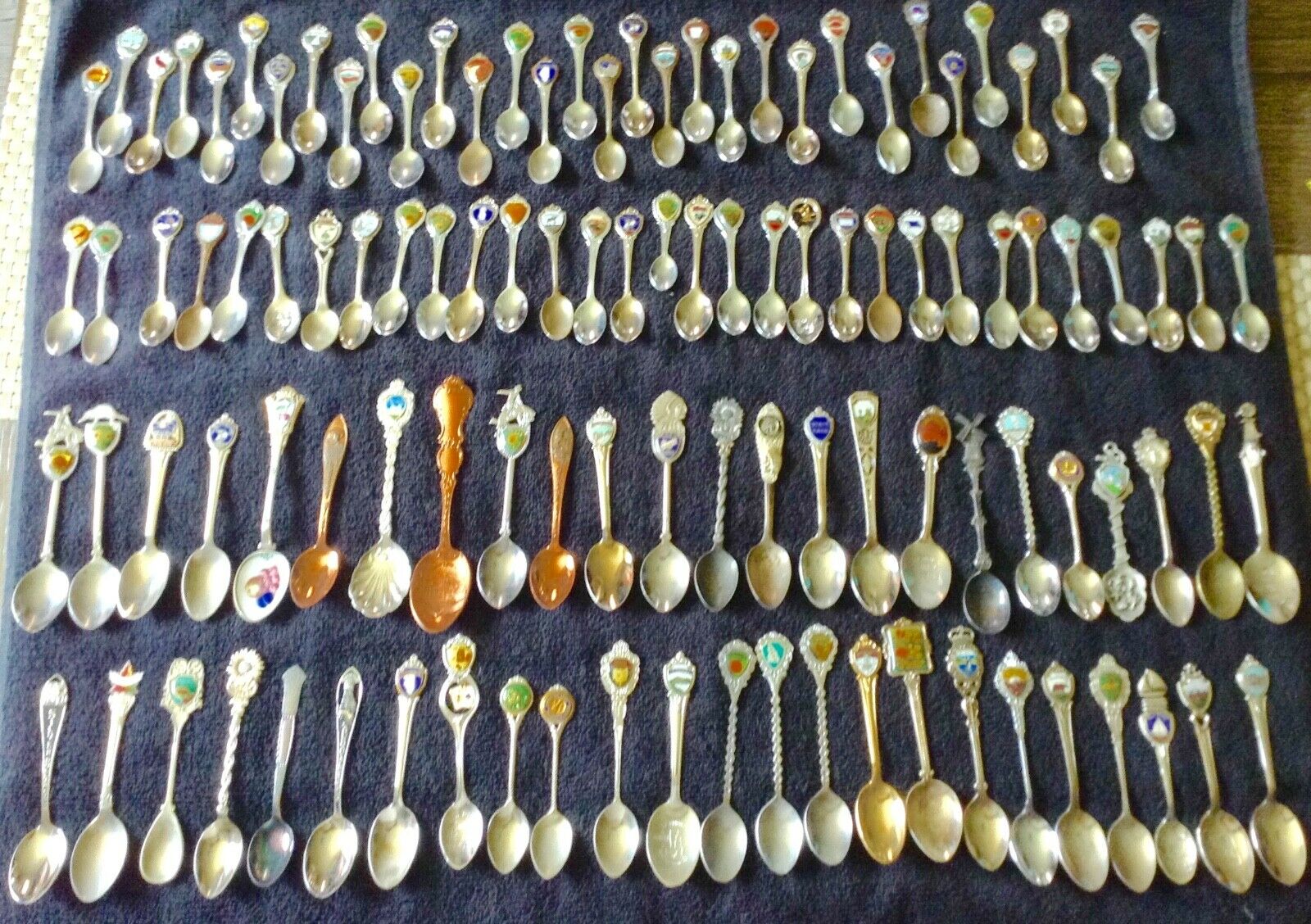-40%
TIFFANY & CO. COLUMBIAN EXPOSITION 1892 CHICAGO STERLING SILVER SOUVENIR SPOON
$ 52.79
- Description
- Size Guide
Description
This Antique sterling silver souvenir spoon celebrates the 1892-1893 COLUMBUS Exposition held in CHICAGO. The handle features figural Columbus standing on a shield of coats of arms with date 1492, behind him US flag and 1893 down the handle ending with an eagle standing on US shield close to the bowl. In the round bowl embossed is globe with western Hemisphere. It measures 5 7/8 inches long (147 mm), weights 35.8 grams and is in excellent condition, feels solid and heavy. On the back marked TIFFANY & CO. STERLING PAT. 1X93 T.Shipping on multiple purchases are gladly combined. Please see other, some rare, collector spoons I'm currently listing.
More on the subject:
The World Columbian Exposition was held in Chicago, Illinois, in 1893, in celebration of the 400th anniversary of the arrival of Christopher Columbus to the Americas. Best known by historians by its given name, The World Columbian Exposition, was also known as the Chicago’s World’s Fair. It was held in Chicago’s famous Jackson Park. Although the fair opened its gates a year late on May 1, 1893, the event was an extravaganza that continued until late October of 1893. Called by visitors, the "White City" for the classical white masonry buildings which housed the Expo's attractions, the World Columbian Exposition attracted people from around the globe to Chicago and left an indelible mark on American history and architecture. Architect and designer, Daniel Burnham, was the chief organizer and the director of works for the Expo. The architectural models and the group of buildings that were constructed for the Expo spearheaded the famous Chicago School of Architecture and paved the way for such major figures in American architecture as Daniel Burnham, Louis Sullivan, William LeBaron Jenney, and others. The group of white, regal buildings constructed for the fair was the most talked about aspect of the event. This emphasis on architecture led by Burnham attracted not only many visitors to the fair but also enticed an elite group of America’s foremost architects to meet, in January of 1891, to undertake the ambitious site and architectural plan for the fair. The plan revolved around a Court of Honor in which all of the buildings housing exhibitions and attractions were situated including: the Manufactures and Liberal Arts, Mining, Machinery, Agriculture, and Administration buildings. Specifically, Adler and Sullivan's Transportation Building and Richard M. Hunt's Administration Building were major attractions. All of the building's facades were constructed of "staff" or a temporary material of plaster, cement, and jute and the uniform order of cornice height and classical designs were enhanced by the white color of all of the structures. While the interiors of each of the buildings on the main court were more like warehouses than palaces, these structures came to identify the Beaux Art Classicism that would spread across the country and introduce to the world of modern architecture some of its best known figures including Louis Sullivan, Adler & Sullivan, and later, Frank Lloyd Wright. The Court of Honor’s architecture was harmonious with lighted fountains, sculptures, beautiful gardens, and the special technological attractions of the fair. In an era of severe economic depression and even increasing industrialization, the World Columbian Exposition offered a feeling of optimism to those who attended.














